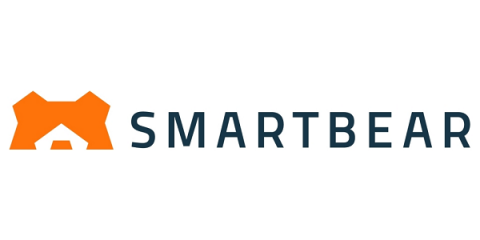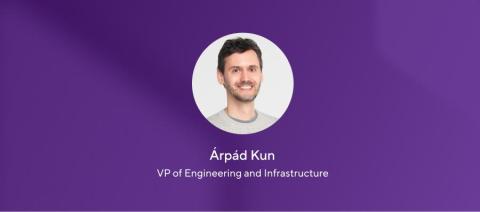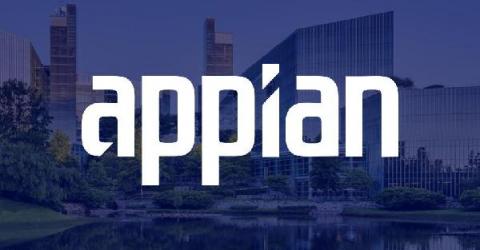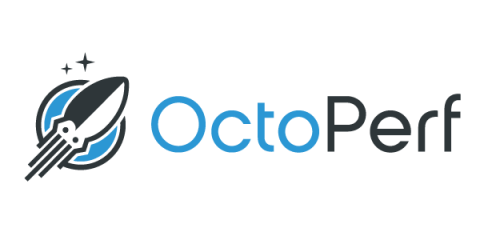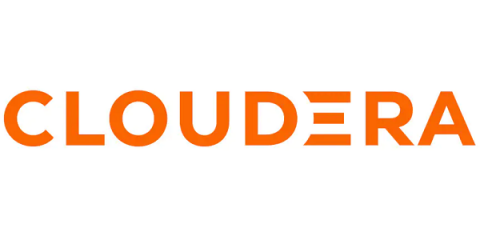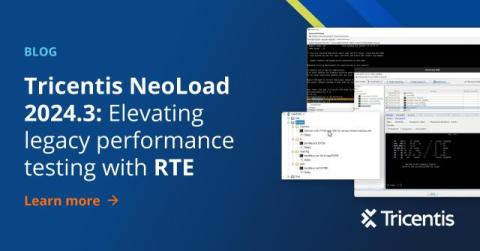Post-Quantum Hybrid Encryption with Ballerina
As highlighted in the Quantum-Safeness of WSO2 Products blog, there is an urgent need for alternative asymmetric encryption methods. Post-quantum algorithms (Q) are gradually gaining prominence but require time to establish trust within the industry. Therefore, combining classical (C) and post-quantum (Q) Key Encapsulation Mechanisms (KEMs) ensures resilience against classical and quantum attacks. The Ballerina Swan Lake Update 9 release adds support for post-quantum secure end-to-end encryption.




